The Hero’s Journey and Addiction Recovery Part I
You may be familiar with the work of Joseph Campbell as a professor, author, and mythologist. He is most well-known for his work in recognizing that there exists a common central pattern in the narratives of all great myths, or “the hero’s journey” as he called it. First published in his book The Hero with a Thousand Faces (1949), he recognizes the concept of “monomyth” or “one myth” that identifies all mythic narratives as variations of the same ultimate story. His work is profound in that it offers a framework of understanding not only great works of literature, or the inspired movies and film, but also our own interpersonal narratives as well.
We are drawn to the hero’s journey because it represents a story of loss and redemption, of facing challenges and temptations and forging new roads of discovery. The path is not unlike that experienced by someone struggling with addiction, and may even be thought of as a roadmap if we are open and insightful enough to observe our progress on the quest.
The hero’s journey highlights the steps that take one from the realm of the ordinary world, into the unknown and beyond. When considering the population of individuals in active addiction that may need to hear this message, special attention is warranted to the beginning narrative of the story:
Step 1: The Ordinary World
Before any hero can begin their journey, we need to understand him in the context of his everyday life. For any person, the ordinary world can be represented by their norms, beliefs, traditions or behaviors. It is the contrast between these often humble beginnings and the world of adventure awaiting that makes the journey so remarkable.
For those living a life of active addiction, we can easily imagine the storyline: life has become predictable and tiresome, even destructive to those around to witness it. They’ve learned to rely on their ability to avoid uncomfortable thoughts and feelings to survive, and are convinced of the dangers of questioning those methods.
Their behaviors are patterned, their lives unremarkable, they are stuck.
Step 2: The Call to Adventure
A call to adventure marks the transition from the ordinary world to the one of significance. The hero is introduced to the problem, challenge, or adventure; ready to cross into the world of the unknown.
Here the chance to leave the ordinary world presents itself; although not always as we might hope. For those struggling with addiction, this call tends to come in the form of a major consequence as a result of habituated substance use, such as an encounter with the law, car accident, lost employment or an ultimatum from a loved one.
Step 3: Refusal of The Call
Unsurprisingly, our hero is likely to refuse the call to adventure. To leave the ordinary world requires courage and trust that what’s ahead represents a greater future. Despite resistance, the choice is forced upon the hero: embark on the quest, or resign oneself to the realm of the ordinary world, with its illusion of security.
Even if our hero finds themselves at the door of a treatment center, it remains a battle of wills for him to avoid taking the next step. Until he can see the ordinary world for what it is, and begin to envision a better future, he is trapped in an illusion of forward progress.
You may recognize this narrative, either for yourself or someone you care greatly about. And while recognizing the call is a feat unto itself, it is just the beginning of the journey. The next steps - which we will cover in next week’s blog - involve trials, tests, challenges, and a walk into the very heart of the beast. Fortunately, they also introduce the mentor meant to walk alongside the hero, to provide coaching and support. If you find yourself among these steps, become the author of your own storyline, make the decision to accept the call, by giving us a call, and let us help you write your own ending.


